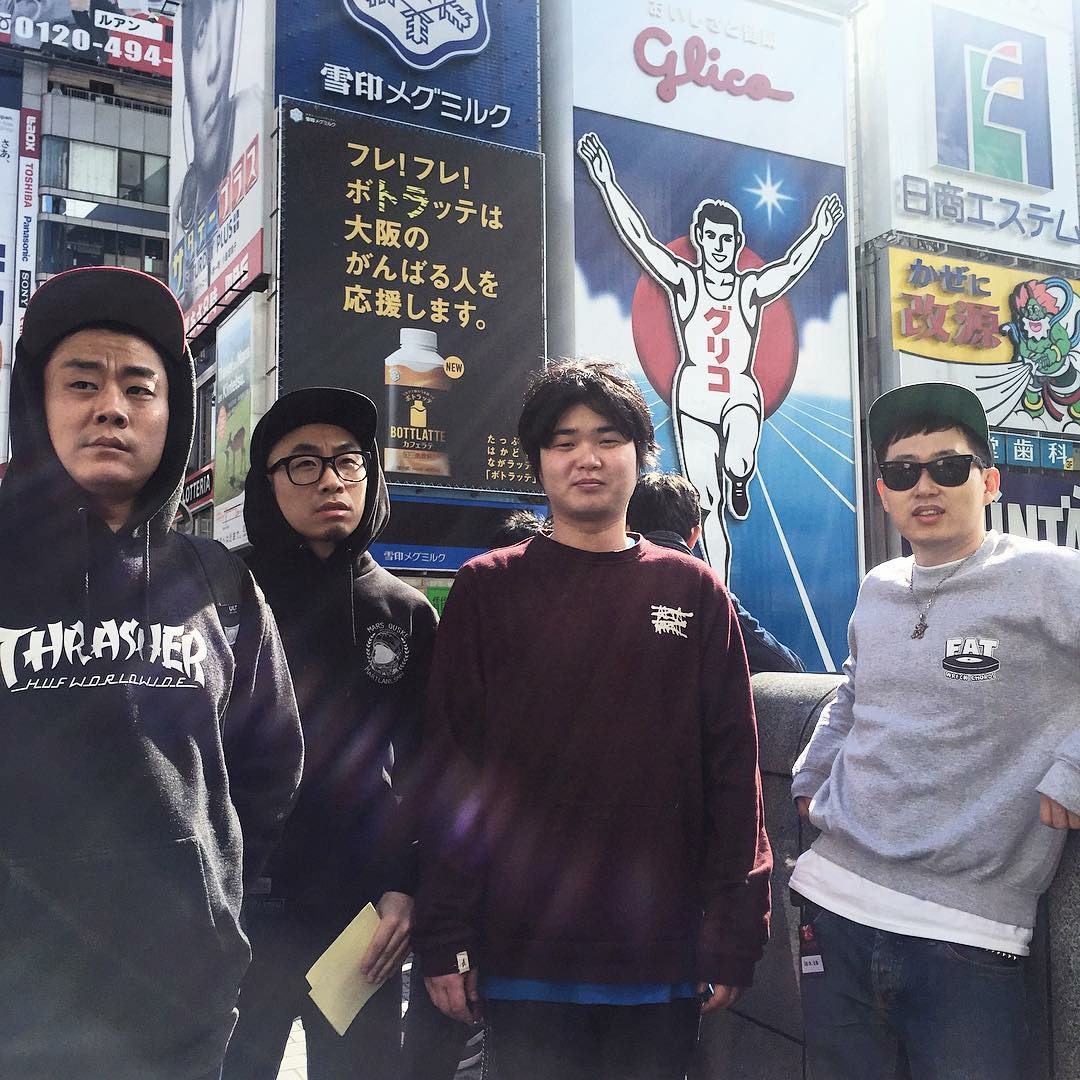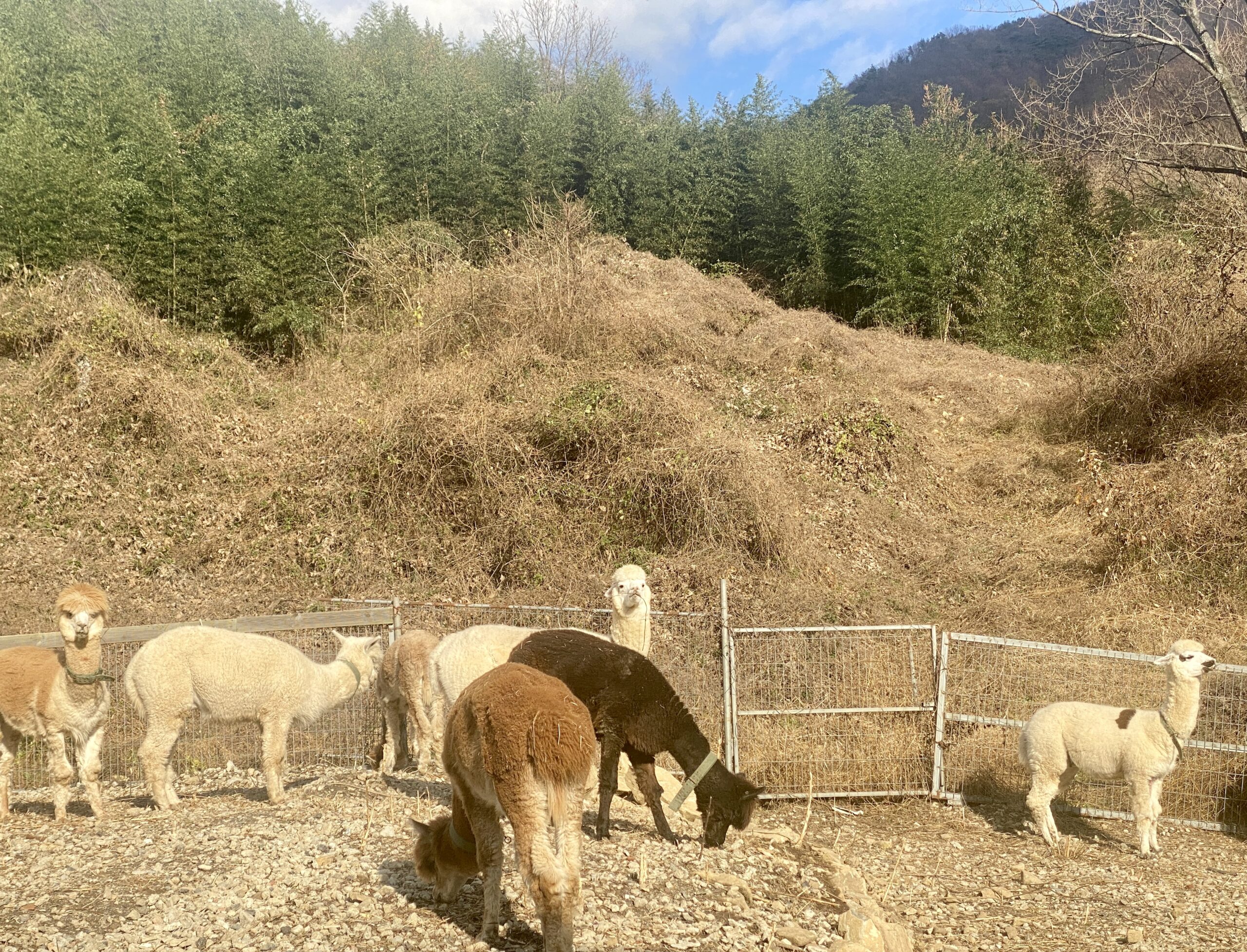Perspectives: Food Allergies in Korea, Part 2
Korea is one of the finest examples of communal eating. The country’s collectivist tradition is displayed through the sharing of meals and gathering to eat. Eating is so intertwined in the nation’s social schema that a common greeting is “Have you eaten?” To not partake in the eating norms may exclude you from the “group” and can put a severe dent in how much of Korean culture you get to experience during your time here. Therefore, understanding how to navigate Korea’s culinary landscape with any food allergies is not only possible but essential.
Language Barriers & Communication
1. Learn a little Korean
Obviously, learn the names of the things you cannot eat, as well as such phrases as: “Is there any _____ in this?,” as well as a few phrases I have suggested learning:
|
I am allergic to______. |
Jeoneun _______ -e allereugiga isseoyo. |
저는 _(food name)_에 알레르기가 있어요. |
|
I cannot eat ______. |
Jeoneun _____eul/reul mot mogeoyo. |
저는 ___(food name)__을/를 못 먹어요. |
|
I will die if I eat _____. |
Jeoneun jeoldaero ________ eul/reul meogeumyeon andwaeyo. |
저는 절대로 _ (food name)_ 을/를 먹으면 안돼요. |
2. Do your own research
Research ingredients in dishes you commonly come across or in dishes you would like to try.
3. Keep cards handy
You can jot the words/ingredients/phrases down on cards and keep them on hand. It is a great excuse to spend 1,000 won on a Rilakkuma flashcard deck at the corner 문방구 (stationary store).
Or, you can jot the notes down on Post-it notes and stick them to the back of your ID or Home Plus membership card.
Unfamiliarity with the Food/Dishes
1. Hidden Ingredients
In your home country you know your cuisine better than Paula Dean knows her way around a stick of butter. But, in this new land, your sights and smells often fail you as sensors because ingredients are used in unfamiliar applications. For example, fish or shell fish may be used in powder or oil form, tucked in between kimchi leaves or used as a broth base; all of which would go relatively undetectable by sight. The pungent aromas of spices used in dishes also mask the smell of more subtle ingredients.
Therefore, beware of hidden ingredients! For food allergy sufferers, each confrontation with the ever-prevalent army of Korean side dishes becomes a nerve-racking game of Minesweeper.
2. Cross contamination
Perhaps the biggest danger is cross contamination. Cross contamination is when a food that does not itself contain any allergens is tainted with an allergen during food preparation, cooking, storage or serving. People without dietary restrictions rarely give cross contamination a thought, but it is a serious worry for people with food allergies.
Quick examples would be: when food is chopped on a cutting board where allergens have previously been cut, when foods are laid or served on surfaces that have not been thoroughly washed free of the allergen or where food is grilled on surfaces where allergens or food marinated with allergens have been cooked on.
However, while dining in Korea, there are some culturally specific ways that cross contamination may occur.
Sharing food – In Korea everyone shares food, from communal hotpots to side dishes to soups. Everyone’s spoons and chopsticks are being dipped into the food, potentially carrying allergens with them.
Contaminated utensils– I am talking about the tongs or scissors at the table used to cut raw meat, vegetables or the conglomerate of Korean savory pancakes (jeon) and omelets. Problem #1: there is usually just one set for all the cutting. Problem #2: sometimes the waitress can rush by, do some snippings, and before you notice, the employee is already off to another table.
Re-used cooking oil
Who does not like a good twigim-fried food (squid)? Be cautious with street vendors and twigim-specific eateries as they often re-use the same vats (oven units) of cooking oil.
Special Cookware
Some types of grill grates and woks are not meant to be soaped, so they can be seasoned over time with the flavors and oils of foods cooked in them, much like cast-iron pans. Needless to say, remnants of the allergen may linger.
To be frank, the risk for cross contamination in Korea is fairly high. You will see while dining at restaurants that there are a lot of indecipherable dishes, and a lot of mixing, double-dipping and merely wiping down grill grates and fry pans.
A final note on Korean food culture is that most restaurants do not make substitutions and the staff may not know every ingredient used in the variety of dishes and side dishes that they prepare or be able to guarantee the absence of a specific allergen while cooking. So, if you are highly allergic, please do carry your auto injector when dining out.




